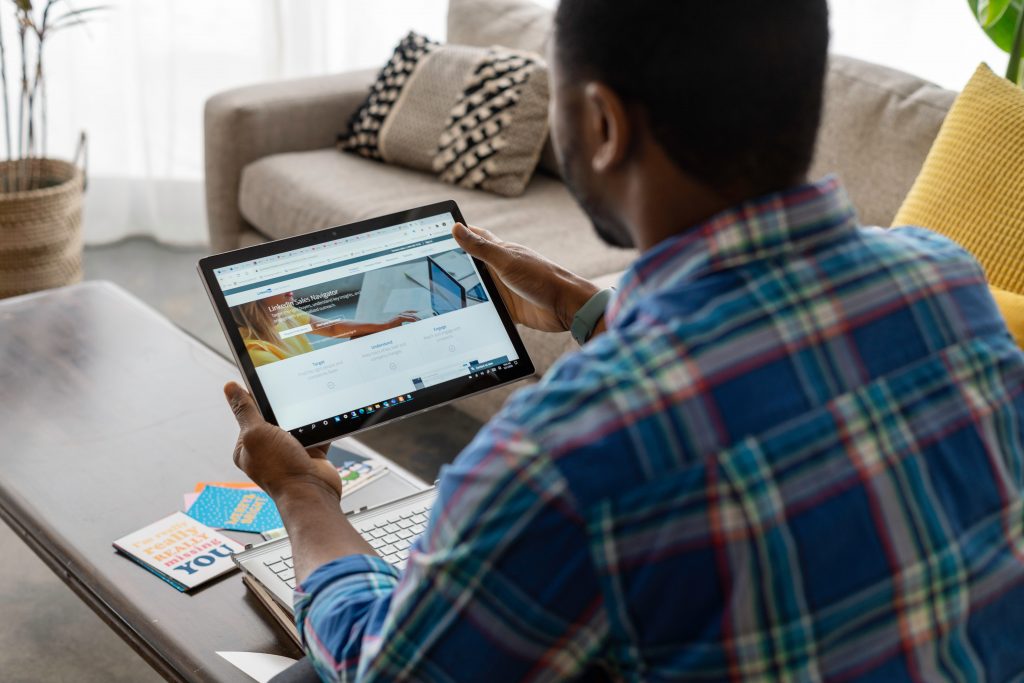
- admin
- June 12, 2014
- 6:07 am
Best Practices for Doing Sales Outreach via LinkedIn
According to HubSpot, LinkedIn is hands down, the best social network for lead generation. InMail, available through premium subscription, is LinkedIn’s internal messaging system. The power of InMail is that you can message any of LinkedIn’s 300+ million members without having a phone number, email address or mailing address and they don’t even have to be your connections.
Even with access to millions of people, it’s important to be strategic with your outreach in order to get the best ROI for your efforts. Many sales teams are using LinkedIn for prospecting and seeing a huge increase in opportunities. According to a LinkedIn case study, National Bank of Canada achieved 400% ROI with LinkedIn Sales Solutions, while PayPal reportedly achieved 3000% ROI with LinkedIn Sales Navigator.
Below are five best practices to keep in mind when doings sales outreach via LinkedIn.
Keep it Brief
Best-selling author and top sales strategist Jill Konrath uses the power of 3×3; no more than three paragraphs and no more than three sentences per paragraph.
It’s very difficult to hold anyone’s attention much longer than that. Therefore, make your message clear and concise, conveying what you want to say in as few words as possible.
Make a Connection
Before reaching out to a prospect, read their LinkedIn profile to gain insights into who they are on a personal and professional level. Find out their interests and priorities and use them to craft a thoughtful, personalized message.
Maybe you’re both members of a sports group or they went to college in your hometown. Mention that personal connection as a way to build rapport. Prospects are significantly more likely to respond to your message when you reference a common connection.
Also, if possible, leverage your network to get an introduction, creating a warm lead from a cold one.
Make an Offer
Make it about them, not your product or service. To build relationships with prospects on LinkedIn start by offering them something of value. Share an article of interest to their industry or offer to introduce them to a contact that may help to further their business.
Provide a Call to Action
What do you want them to do after they read your message? Perhaps you’d like them to reply to request additional information, schedule a call, set up a demo or visit your website. Whatever it is, offer a clear call to action so that everyone’s aware of the next step necessary to move the relationship forward.
Be Persistent
LinkedIn claims to have a high InMail response rate. In fact, they’re so confident that they back it up with a response guarantee – if you don’t get a response in seven days, they’ll credit your InMail back to you. Companies like InsideSales.com also back them up by reporting a 300% increase in response rates when they use InMail, over sending the exact same message via email.
However, if for some reason the lead doesn’t respond to your InMail message the first time, be sure to send a follow-up message or two over the next several weeks. You can set up contact reminders either through your CRM or by using the LinkedIn Contacts feature directly on the site.
Read More: 4 Sales Apps Proven To Help You Close More Deals
What You Should Do Now
If you need help with sales support, here are a few options to help you:
- Download our eBook “Spend More Time Selling with a Virtual Assistant” and get a better understanding of how a virtual assistant can handle tedious sales tasks to give sales leaders and teams more time to sell and take care of customers.
- Book a free consultation call with Quickskill. We can help you regain more of your time to sell by offloading repeatable tasks to a fully managed virtual assistant. One of our experts will help you create a plan to delegate your tasks and we will even train your sales assistant for you.
- If you know someone else who’d benefit from sales support, share this post with them via email, LinkedIn, Twitter, or Facebook.
Categorized
Posts you might also like...

6 Leadership Quotes on Delegation to Inspire You to Greatness
February 5, 2023

How a Delegative Leadership Style Improves Team Success
February 5, 2023

How to Use MOCHA to Delegate Effectively
February 5, 2023

